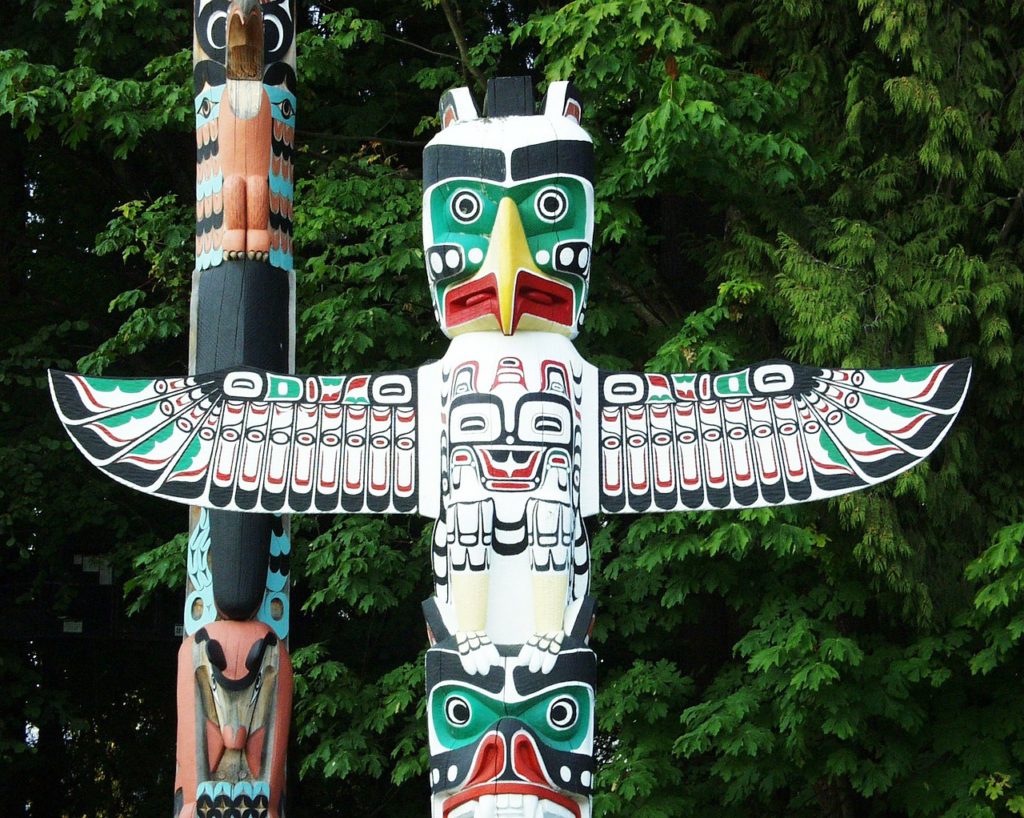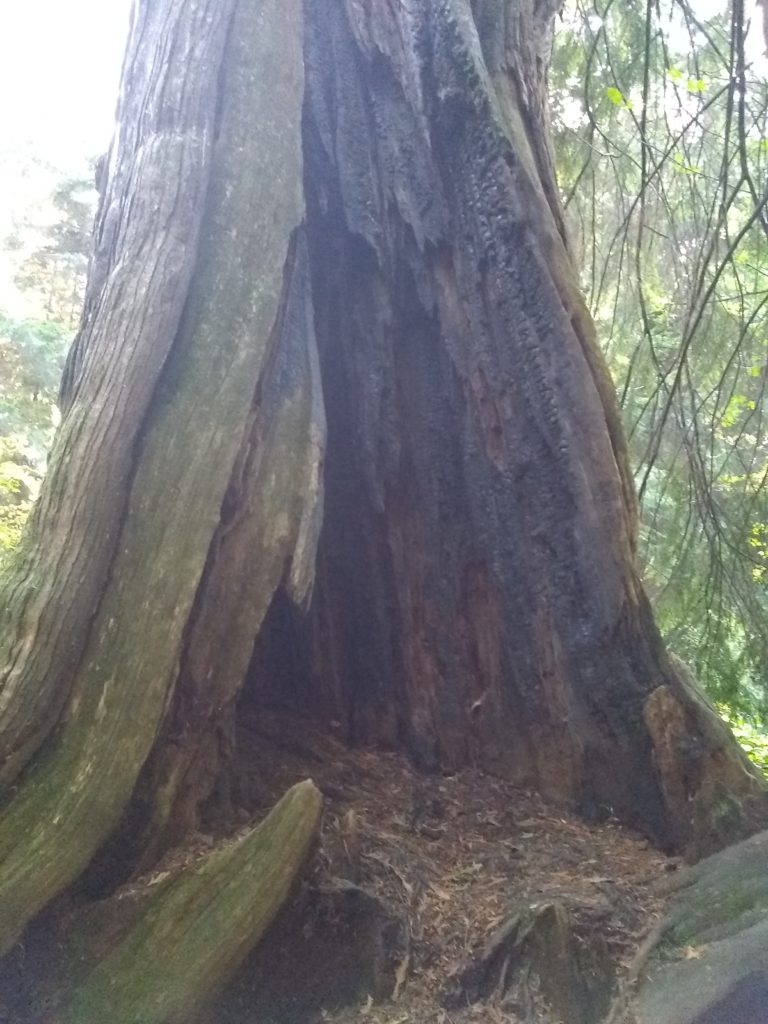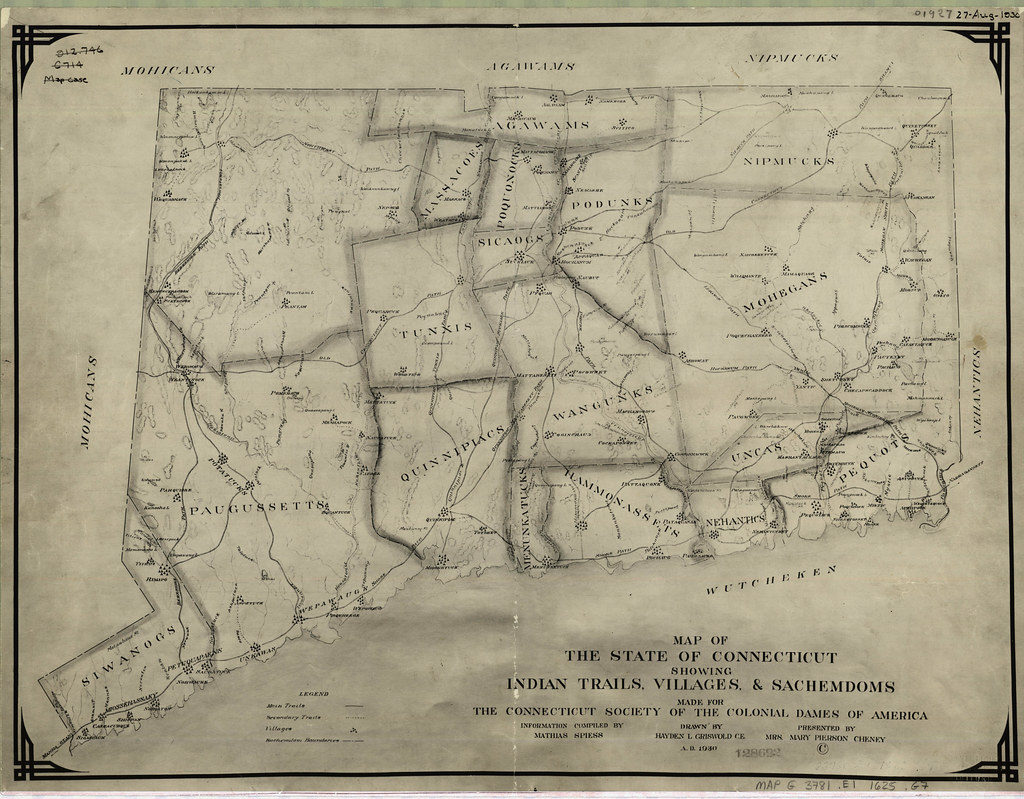This past weekend I had the pleasure of joining the Ecocity World Summit 2019 to give one of the closing keynotes. As the many talks revealed, there are great initiatives going on around the world that could—in theory—bring about an ecocity future, where cities are designed and managed sustainably and provide for humans’ needs and are dense enough so that the majority of Gaia’s surface can remain alive, well, and free of human settlement or industry. But of course, that’s in theory. Richard Register, the founder of the concept of the ecocity and this long-run conference series, was there and, at a community event, made the point that over the 29 years he’s been doing this work there have been great strides at defining the concept, but far too little done to develop ecocities.
The same goes with pretty much every aspect of the sustainability movement. Whether on climate change, fisheries, biodiversity, deforestation, population growth, we’ve had some victories, but overall we’ve been losing the war.
 In reality, the most striking thing about the conference was not about cities, but the dozen or so times I heard a conference talk or event commence with a recognition that “we are gathered on the traditional, ancestral, and unceded territory of the Coast Salish peoples—the Squamish, Tsleil-Waututh, and Musqueam Nations.”
In reality, the most striking thing about the conference was not about cities, but the dozen or so times I heard a conference talk or event commence with a recognition that “we are gathered on the traditional, ancestral, and unceded territory of the Coast Salish peoples—the Squamish, Tsleil-Waututh, and Musqueam Nations.”
After the second time, curiosity got the better of me, and I dug up a fascinating essay on the history and meaning of this statement. In short, this is a relatively recent recognition that Vancouver was never acquired by treaty and thus technically not the Canadian nation’s. Let’s ignore the fact that the terms of most treaties were pretty abysmal, even when there was one, and probably wouldn’t be seen as legitimate today, and acknowledge the revolutionary nature—in theory—of these words.
To recognize that the lands under Vancouver were not gained legitimately means the possibility of not just reconciliation but perhaps even an alteration of how this land is understood and managed (there has already been some regranting of forest territory and some token profit sharing between the Vancouver International Airport and the Musqueam Nation). Could this lead to additional policy changes to recognize these nations’ rights? Could it lead to even more than that? If these nations demand that the land be treated with justice and the respect it deserves could they push policy to better incorporate Earth’s rights?
Of course, this should be done in all cities and towns in the Americas so that we never forget the history of this land or how it came to have so many people swarming over it, sickening and displacing its original inhabitants, cutting down its forests, selling off its resources, and building up great hives of concrete.
But as a Gaian, I wonder if we could we expand this even further? Could we recognize that we are not just on the traditional, ancestral, and unceded territories of the nations that were these continents’ original inhabitants but also on “the infected skin of Gaia.”
So for a lecture in Vancouver, one might say something like:
“Before we start this lecture, I want to recognize that we are on the traditional, ancestral, and unceded territory of the Coast Salish peoples—the Squamish, Tsleil-Waututh, and Musqueam Nations—and on the infected, lesioned, and festering skin of Gaia.”
 For that’s where we are. Vancouver is a beautiful city, from a modern urbanist perspective, and one of the more sustainable cities, relatively speaking. But ultimately it has been dug up, injected with lead, copper, and plastic piping, paved over, and covered in petrochemical waste and the rubbish of centuries of human habitation, and will not grow healthy again for millennia, if ever. The scars of human infestation will linger far beyond human civilization will.
For that’s where we are. Vancouver is a beautiful city, from a modern urbanist perspective, and one of the more sustainable cities, relatively speaking. But ultimately it has been dug up, injected with lead, copper, and plastic piping, paved over, and covered in petrochemical waste and the rubbish of centuries of human habitation, and will not grow healthy again for millennia, if ever. The scars of human infestation will linger far beyond human civilization will.
Publicly acknowledging this could serve as regular and important reminders that we have and continue to wound the Earth and that this is not acceptable.
—
The other highlight of the conference came after the final session. I walked along the seawall to Stanley Park to take in just a tiny bit of what Vancouver would have been like before its ritual scarification. I hiked under the great Cedars, 15-25 feet in circumference. I sat inside one, one that had been partially burned away but still held to life. I walked barefoot off the trail, connecting with the soil and the animals that live on in this wild reservation.
And as I sat and as I walked, I realized that if the land was the skin of Gaia, each tree was a hair. And we were some sort of parasitic mite: causing Gaia mange (as can be seen in Her great deforested patches) and where left untreated long enough, festering wounds, and nasty crusted-over scars (cities).
These metaphors are not new—forty years ago environmentalists regularly compared humans to cancer. But over time—perhaps as cancer rates accelerated, we stopped. Yet our species is certainly growing, spreading, and co-opting our host like a cancer, and perhaps it’s time to regularly remind ourselves of this—publicly. And then taking the harder step—of doing something about it.
—
Finally, at the close of this essay, I want to recognize that I am writing this on the traditional, ancestral, and unceded territory of the Wangunk Nation, and on the infected, lesioned, and festering skin of Gaia.


Leave a Reply